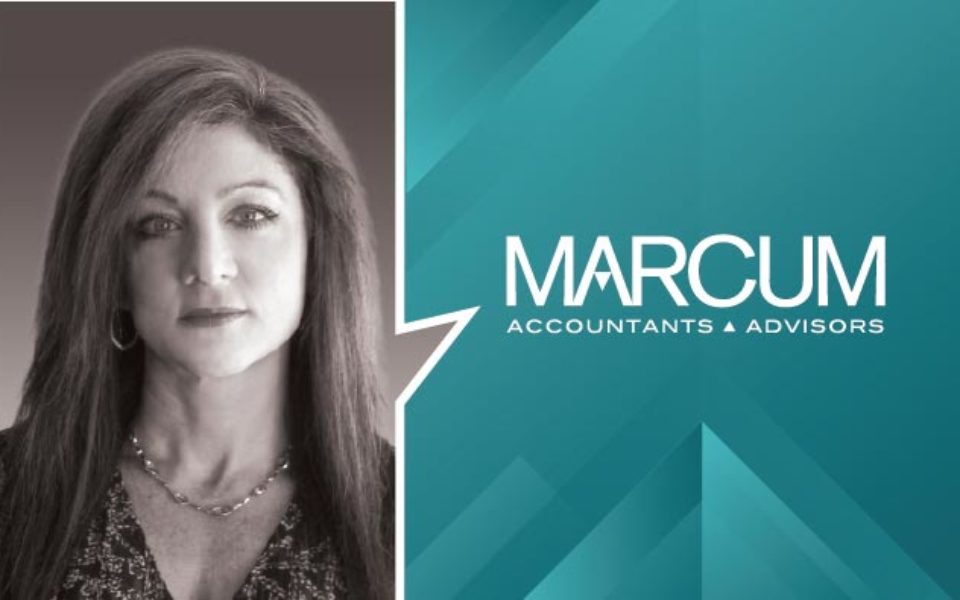Christina Catalina, Alternative Investment Group Partner, Quoted in The Trusted Professional Article, "NYSSCPA Agrees with FASB on Investment Company Proposal."
The Trusted Professional
By Chris Gaetano

The NYSSCPA has given its support to a Financial Accounting Standards Board (FASB) proposal that would require master-feeder funds to provide financial statements, saying the move would codify what had long been standard industry practice and would boost transparency.
The Society expressed its views in a comment letter written by members of its Financial Accounting Standards Committee and published on Feb. 15. The FASB proposal, Proposed Accounting Standards Update— Financial Services—Investment Companies (Topic 946): Disclosures About Investments in Other Investment Companies, was released for comment in December.
Master feeder funds are an investment structure in which assets can be pooled—investors flow capital into a feeder fund that, in turn, invests in a master fund that invests directly in the market. This type of arrangement might be considered beneficial, for example, when maintaining multiple portfolios or attempting to reduce trading costs or obtain greater financing benefits.
While there had been a requirement under U.S. generally accepted accounting principles (GAAP) for entities with feeder funds to provide financial statements for them, there hadn’t been a similar requirement for master-feeder funds.
Despite this lack of necessity, Christina K. Catalina, a member of the Financial Accounting Standards Committee and one of the comment letter’s authors, said that providing such statements had been standard industry practice, as investors find it helpful to see information on what risks and issues may come with the funds in which they invest.

















